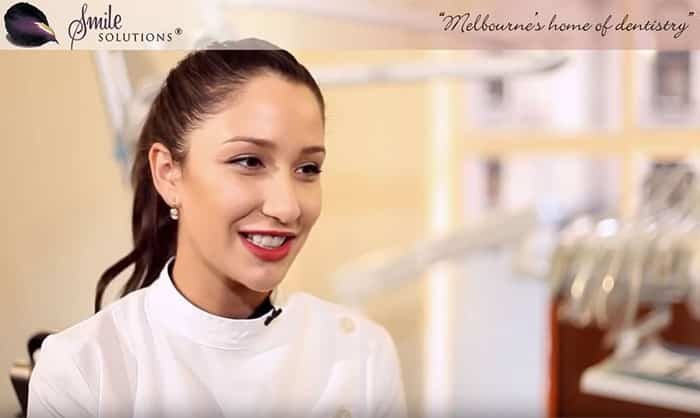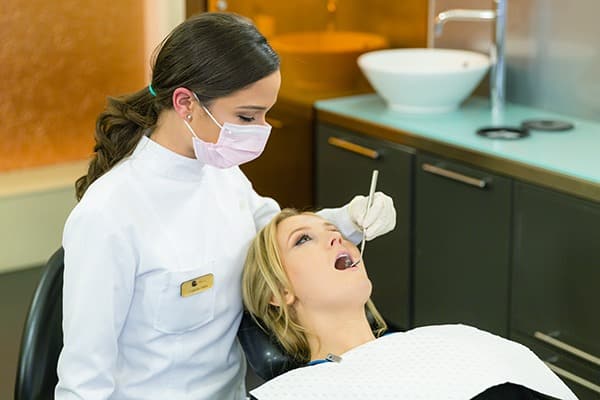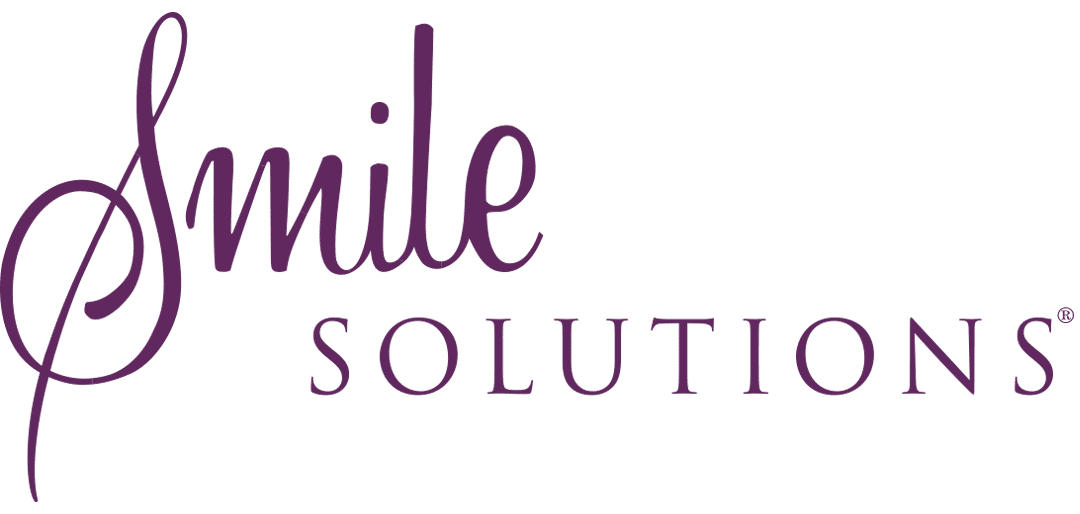Dental hygienist vs dentist
At Smile Solutions you will often find your dental needs being managed by more than one dental professional. This is because each of the practitioners you see is likely to have their own area of expertise. In seeing different practitioners, you are receiving the highest level of care, working towards the goal of achieving optimal oral health.
Dental hygienist
The main treatment you receive from a dental hygienist is preventative. Dental hygienists undertake oral assessment and review your dental history and overall health, in order to evaluate the condition of your gums, teeth and mouth to help prevent oral diseases. They are able to make decisions and devise a treatment plan for the patient within their scope of practice. They are, however, required to have a referral and consultative relationship with a general dentist at the very least.
Dental Hygienist’s typically hold an Advanced Diploma or Bachelor of Oral Health degree, while dentists undertake significantly different training and complete a five-year degree, and often postgraduate study. This higher qualification enables dentists to perform more intricate and in-depth dental work.
This is why, when a dentist treats you, they’re not only able to assess, but diagnose and treat dental problems such as cavities and tooth fractures. They may perform fillings or extractions and can also write prescriptions for certain medications such as antibiotics, analgesics and prescription-only mouthwash.
The majority of our general dental patients have their oral care managed by both a dental hygienist and a dentist. The dentist is the primary dental care provider. They are responsible for the patient’s oral health. In a way, they are also a treatment coordinator; they coordinate appointments with a hygienist and also with dental specialists if required.

What can I expect from my hygiene appointment?

At an appointment with the dental hygienist a thorough assessment of your oral hygiene routine will be made. This will include a review of how many times a day you are brushing and the type of toothbrush, toothpaste and interdental cleaning aid you are using. During these appointments the hygienist will be able to perform a dietary analysis and discuss the importance and relevance of diet and its relationship to oral health.
If you have a complex medical history and are taking some medications, please bring a full list of your current diagnoses and medications. Also, if you’ve had any recent dental treatments or dental X-rays at a different clinic, it is a good idea to obtain these records and bring them to the appointment.
After evaluating this information and interpreting clinical data, the hygienist can classify your periodontal health and begin to manage your dental needs. The dental hygienist will check for stain build-up, the extent of tartar or calculus deposits, and the presence of plaque. Staining levels can vary depending on whether you smoke, your diet and the type of bacteria present. Calculus deposits can increase according to the mineral content of the saliva and whether you have appliances such as braces, plates, grinding splints or dentures. The amount of plaque present can increase according to the types of foods you consume and how much water you drink.
The hygienist will then use a periodontal probe to measure the pocket depth around each tooth and the level of the gum recession. Any bleeding points and mobility of teeth will also be recorded as part of your gum assessment. Most of the time, gum examination is pain free. However, you might experience some sensitivity at the sites where the gum is not perfectly healthy.

After the gum assessment, your hygienist/dentist will explain the results to you and prescribe suitable oral hygiene treatments. If your gums are healthy and stable, your clinician will give your teeth a scale and clean to remove all the plaque and calculus. They will use an ultrasonic machine, which sprays water and vibrates. After that, some cleaning with hand instruments might be required. You will also have your teeth polished with a pleasantly minty paste. With everything now clean and fresh, this is the best time to have a fluoride treatment to strengthen your teeth.
At each appointment, you will be given some guidance on how to maintain good oral health at home. Your hygienist will give you advice based on the gum assessment and will ask about your hygiene routine at home. They might point out areas you need to improve on, demonstrate techniques of brushing and flossing, and recommend oral hygiene products, such as an electric toothbrush and interdental brushes.
How often should I visit the hygienist?
In an ideal scenario, where all factors are controlled, standard dental hygiene recall is done every six months. This enables a healthy mouth to remain healthy and free of any pain or problems.
However, if there are complicated gum problems that cannot be addressed with a general scale and clean appointment, your hygienist will discuss a treatment plan with you. This might include a few more appointments for deep and heavy cleans, or it might involve a referral to a gum specialist (periodontist) for further treatment.
